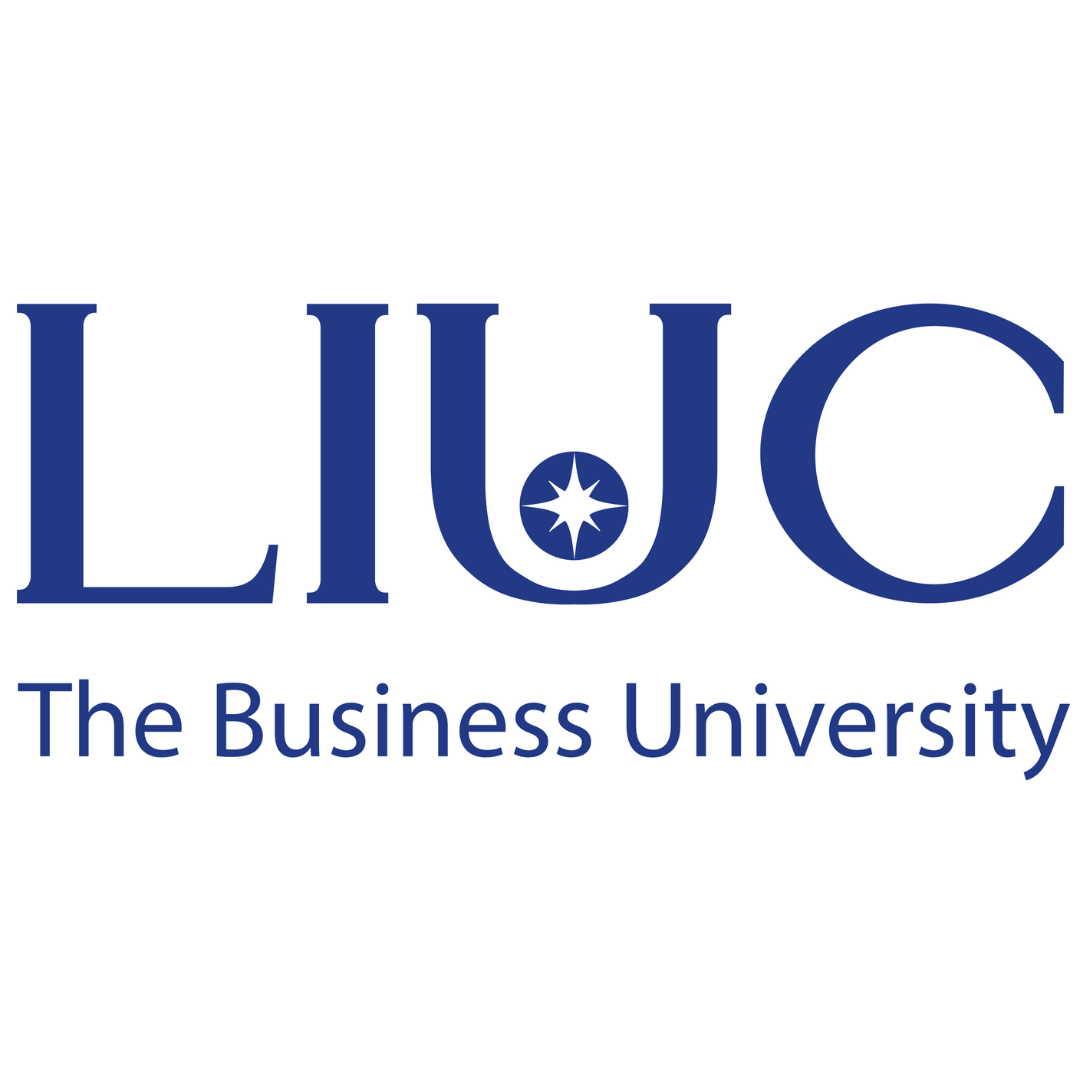📖Program Curriculum
Course modules
Compulsory modules
All the modules in the following list need to be taken as part of this course.
Risk and Reliability Engineering
Module Leader
Professor Nigel Simms
Aim
This module introduces you to the principles of risk and reliability engineering, and associated tools and methods to solve relevant engineering problems in industry.
Syllabus
Introduction and fundamentals of risk management and reliability engineering,
Failure distributions: how to analysis and interpret failure data, introduce the most commonly used discrete and continuous failure distributions (e.g. Poisson, Exponential, Weibull and Normal),
Risk management process: hazard identification, assessment, evaluation and mitigation (risk acceptance, reduction, ignorance, transfer),
Risk assessment techniques: risk matrix, Pareto analysis, fault tree analysis (FTA), event tree analysis (ETA), failure mode and effects analysis (FMEA), failure mode, effects and criticality analysis (FMECA), hazard and operability study (HAZOP),
Reliability and availability analysis: system duty cycle, breakdown/shutdown, MTTF/MTBF/MTTR, survival, failure/hazard rate,
Reliability analysis techniques: reliability block diagram (RBD), minimal cut-set (MCS), series and parallel configurations, k-out-of-n systems, active and passive redundancies,
Introduction to structural reliability analysis: stress strength interference and limit state function, first-order / second-order reliability method (FORM/SORM), damage accumulation and modelling of time-dependent reliability,
Identification of the role of inspection and structural health monitoring (SHM) in risk reduction and reliability improvement,
Introduction to maintainability and its various measures,
Introduction to process safety and risk assessment in design,
Workshops and case studies: work in groups to determine the risk and reliability of systems relevant to process, mechanical, offshore, and renewable engineering, such as subsea production systems, power distribution networks, wind turbines, gas turbines, concentrating solar power plants, carbon capture and storage, hydrogen production.
Intended learning outcomes
On successful completion of this module you should be able to:
Identify and analyse the concepts and principals of risk and reliability engineering and their potential applications to different engineering problems,
Assess and analyse appropriate approaches to the collection and interpretation of data in the application of risk and reliability engineering methods,
Evaluate and select appropriate techniques and tools for qualitative and quantitative risk analysis and reliability assessment,
Analyse and evaluate failure distributions, failure likelihood and potential consequences, and develop solutions for control / mitigation of risks.
Structural Integrity
Module Leader
Dr Luofeng Huang
Aim
This module provides you with an understanding of pertinent issues concerning the use of engineering materials and practical tools for solving structural integrity and structural fitness-for-service problems.
Syllabus
Introduction & structural design philosophies,
Fatigue crack initiation,
Fracture mechanics (1) – derivation of G and K,
Fracture mechanics (2) – LEFM and EPFM,
Fracture mechanics (3) – evaluation of fracture mechanics parameters; K and J,
Fracture toughness testing and analysis; KIC and JIC,
Creep deformation and crack growth,
Non destructive testing methods,
Inspection reliability,
Defect assessment, fatigue and fracture mechanics of welded components,
Fracture of composites,
Corrosion engineering.
Intended learning outcomes
On successful completion of this module you should be able to:
Assess fitness-for-service issues and propose appropriate structural integrity solutions,
Judge the current component life assessment procedures and distinguish their limitations in aspects of structural integrity,
Develop a critical and analytical approach towards the engineering aspects of structural integrity,
Confidently assess the applicability of the tools of structural integrity to new problems and apply them appropriately.
Engineering Stress Analysis: Theory and Simulations
Module Leader
Dr Luofeng Huang
Aim
This module brings together theories and computational practicalities of Finite Element Analysis (FEA). This combination enables you to use FEA for modern engineering purposes, whilst understand the underlying mechanics. You will be provided with step-by-step ABAQUS tutorials to get familiar with basic and advanced functionalities of this finite element software package. The lectures and hands-on practice will help you to develop strong FEA skills such as investigating the stress and strain distribution in complex geometries, components, and structures.
Syllabus
Theory
Introduction to stress analysis of components and structures, Ductile and brittle materials, Tensile test, Material properties, Complex stress and strain, Stress and strain transformation, Fracture and yield criteria, Plastic deformation, Introduction to Computer-Aided Engineering, FEA methodology, FEA procedure. Fluid-structure interactions.
Simulation
Introduction to ABAQUS, Types of elements, Integration points, Meshing, Mesh convergence, Visualisation, Results interpretation, Beam structures under static and dynamic loading, stress concentration in steel and composite plates, tubular assemblies, 2D and 3D modelling of solid structures, axisymmetry and symmetry boundary conditions, Stress and strain analyses subjected to different loading conditions, Prediction and validation of the stress and strain fields ahead of the crack tip.
Intended learning outcomes
On successful completion of this module you should be able to:
Develop a strong foundation on stress analysis and demonstrate the ability to analyse a range of structural problems,
Define the strength and limitation of different functions within FEA and demonstrate original thinking and judgement to establish a suitable model when approaching a certain problem,
Evaluate the importance of mesh sensitivity analysis and validation in finite element simulations,
Apply an in-depth awareness of current practice through case studies of engineering problems,
Apply advanced skills in using ABAQUS, which will be an asset in both industrial and academic careers.
Applied Materials and Corrosion
Module Leader
Dr Joy Sumner
Aim
This module provides you with the knowledge and understanding of the corrosion processes that occur on structural materials and the impact on their mechanical performance, within the context of low carbon energy technologies.
Syllabus
Mechanical testing - in particular development of stress strain curves,
Corrosion monitoring: using electro-chemical methodologies, and electron microscopy,
Corrosion mechanisms: including effects of underlying material composition and processing, galvanic corrosion, pitting and crevice corrosion, mechanical interactions, microbial corrosion, corrosion of welds, stress corrosion cracking, hydrogen embrittlement and effects of H2S, high temperature corrosion,
Corrosion control: paints, cathodic protection, corrosion resistant alloys, corrosion monitoring, control by design.
Intended learning outcomes
On successful completion of this module you should be able to:
Evaluate the impact of corrosion on the mechanical responses of structural materials and the impact of inhibition techniques on extending life,
Critically evaluate analysis and corrosion monitoring techniques to select appropriate methodologies,
Use an understanding of materials and processing to recommend alternative engineering solutions,
Discuss the role of codes and standards.
Fluid Mechanics and Loading
Module Leader
Dr Liang Yang
Aim
This module aims to provide you with a theoretical and applied understanding of fluid mechanics and fluid loading on structures.
Syllabus
Principles of fluid dynamics:
Properties of fluids: control volumes and fluid elements, continuity, momentum and energy equations, stream function and velocity potential, Bernoulli’s equation,
Flow structures: boundary layer theory, laminar and turbulent flow, steady and unsteady flow, flow breakdown and separations, vortex formation and stability,
Lifting flows: circulation theory, Prandtl’s lifting-line theory, sources of drag, aerofoil characteristics,
Continuum, Navier-Stokes equations, compressible flow, multiphase flow,
Fluid loading on horizontal and vertical axis turbines.
Dynamics of floating bodies: from simple hydrostatics to complex dynamic response in waves.
Ocean Waves Theory and Fluid loading on fixed offshore structures: The Added Mass Concept, Froude Krylov Force, Linear wave theory, Wave loading (Diffraction Theory & Morison Equation),
Hydrostatics of floating structures; Buoyancy Forces and Stability, Initial stability, The wall sided formula and large angle stability, Stability losses, The Pressure Integration Technique,
Dynamics response of floating structures in waves: dynamic response analysis, application to floating bodies, effect of moorings.
Intended learning outcomes
On successful completion of this module you should be able to:
Explain how wind, waves and tides are formed, factors that influence their distribution & predictability,
Review the fundamental equations for fluid behaviour, characterisation of flow structures and forces and moments acting on lifting bodies,
Evaluate and select the most appropriate model to assess and undertake the simulation of a floating structure static and dynamic stability.
Computational Fluid Dynamics for Renewable Energy
Module Leader
Dr Patrick Verdin
Aim
To appraise existing Computational Fluid Dynamics (CFD) techniques and tools for modelling, simulating and analysing practical engineering problems related to renewable energy, with hands on experience using commercial software packages used in industry.
Syllabus
Introduction to CFD: Introduction to the physics and understanding of governing equations (continuity, momentum, energy and species conservation) and state of the art Computational Fluid Dynamics including modelling, grid generation, simulation, and high-performance computing. Case study of industrial problems and the physical processes where CFD can be used,
Computational engineering exercise: specification for a CFD simulation. Requirements for accurate analysis and validation. Introduction to turbulence and practical applications of turbulence models, introduction to turbulence and turbulent flows, traditional turbulence modelling,
Advanced turbulence modelling: introduction to Reynolds-averaged Navier Stokes (RANS) simulations and large-eddy simulation (LES),
Practical sessions: offshore renewable energy problems (flow around wind and tidal turbines) will be solved employing the widely-used industrial flow solver software FLUENT. These practical sessions will cover the entire CFD process including grid generation, flow solver, analysis, validation and visualisation.
Intended learning outcomes
On successful completion of this module you should be able to:
Assemble and evaluate the different components of the CFD process,
Explain the governing equations for fluid flows and how to solve them computationally,
Compare and contrast various methods for simulating turbulent flows applicable to civil and mechanical engineering, especially offshore renewable energy applications such as wind turbines and tidal turbines,
Set up simulations and evaluate a practical problem using a commercial CFD package,
Design CFD modelling studies of renewable energy devices.
Elective modules
A selection of modules from the following list need to be taken as part of this course
Engineering Project Management
Aim
The purpose of this module is to provide you with experience of scoping and designing a project. The module provides sessions on project scoping and planning, including project risk management and resource allocation. A key part of this module is the consideration of ethics, professional conduct and the role of an engineer within the wider industry context.
Syllabus
Project management:
Project scoping and definition,
Project planning,
Project risk assessment and mitigation,
Resource planning and allocation,
Financial management of projects.
Ethics and the role of the engineer:
Ethics case study,
Professional code of conduct (in line with the code of conduct defined by the Engineering Council, IMechE, IChemE and Energy Institute).
Intended learning outcomes
On successful completion of this module you should be able to:
Design and scope a project, including identification of methods, resources required and risk management approaches,
Assess the likely financial needs of a new project and pitch for finance,
Evaluate ethical dilemmas and the role of the engineer within the context of your chosen industry.
Component Design
Module Leader
Paul Lighterness
Aim
This is a specialised module to advance your technical skills in industry prototyping design processes. This module will also introduce you to the facilities/workshops available at Cranfield.
Syllabus
Design thinking and creativity,
Collaborative innovation,
Understanding the value and use of prototyping for innovation,
Introduction to technology readiness levels (TRL’s),
How to identify and write good requirement for design,
Hands-on use of professional CAD/CAE software,
Design skills workshops (sketching, CADCAE, mechatronics, 3D printing),
Knowledge of advanced materials and processes (smart materials, bio-inspiration, nano & micro technologies, additive manufacturing).
Intended learning outcomes
On successful completion of this module you should be able to:
Identify, analyse and evaluate user needs and technical considerations to write good design requirements for a new product, service or system,
Critically evaluate and apply industrial best practice tools and techniques for converting an idea into commercially viable solutions,
Develop and build low fidelity proof-of-concept prototypes, using design best practice methods and agile innovation techniques,
Evaluate knowledge of advanced materials and processes appropriate for a new product, service or system,
Propose a viable breakthrough innovation proposition through the synthesis of best practice design methods and the application of advanced materials, processes and prototyping.
Short Research Project
Module Leader
Dr Ying Jiang
Aim
The purpose of this module is to provide you with experience of scoping, designing and delivering of a short research project. This requires an understanding of the background literature, as well as relevant analysis techniques. You will need to agree the project scope early on and deliver the project within the two weeks of the module. The module will allow you to draw on the experience and learning from the previous modules. Example topics could include analysis of end-of-life options for an offshore asset.
Syllabus
Technical requirements specific to project brief and relevant to the course and route.
Intended learning outcomes
On successful completion of this module you should be able to:
Deliver a research project, including identification of research methods,
Design a data analysis method appropriate to their chosen research topic,
Execute a short project, analyse the outcomes and provide sound recommendations.
Design of Offshore Energy Structures
Module Leader
Dr Liang Yang
Aim
This module provides you with the ability to critically evaluate the structural components of renewable energy devices operating in challenging environments, such as offshore wind turbines. Advanced computational methods are used to assess the environmental loads acting on these structural components and of the contemporary methodologies and engineering design tools used for the prediction of these loads.
Syllabus
Introduction to Design Processes: From a problem statement and interviews, gather sufficient detailed data to construct a functional specification against which to design a system,
Engineering Design Development: Develop a preferred concept design using brainstorming techniques robust decision making and project management processes,
Engineering Analysis: Submit the concept design to a rigorous investigation and analysis, choosing and using multiple engineering software’s, suitable to ensure that the design meets the specification previously developed,
Practical sessions: As required by the challenge set, conduct appropriate tests and experiments to ensure that the design meets all elements of the specification.
Intended learning outcomes
On successful completion of this module you should be able to:
Develop design criteria and functional requirements for renewable energy structures,
Develop and undertake design processes aligned with the design guidelines set by the professional engineering bodies,
Utilise engineering equations conserving wave dynamics, hydrodynamics and fluid induced loads,
Evaluate the importance and the limits of modern physical and numerical modelling approaches. To this end, an introduction is made to the operation of contemporary engineering software, for example, potential flow / diffraction theory and CFD / RANS.








